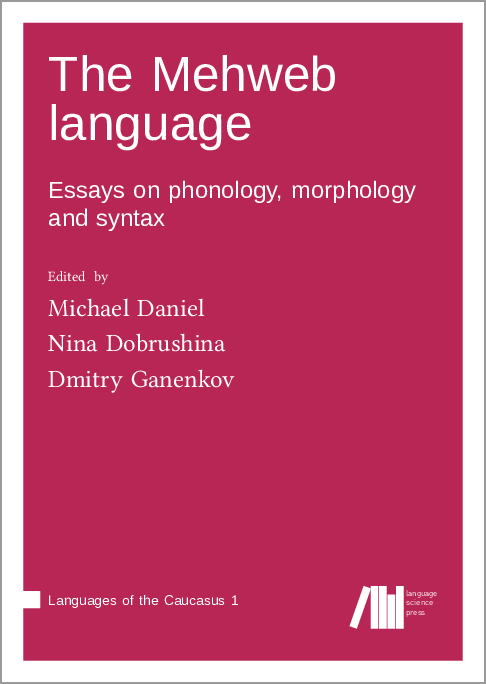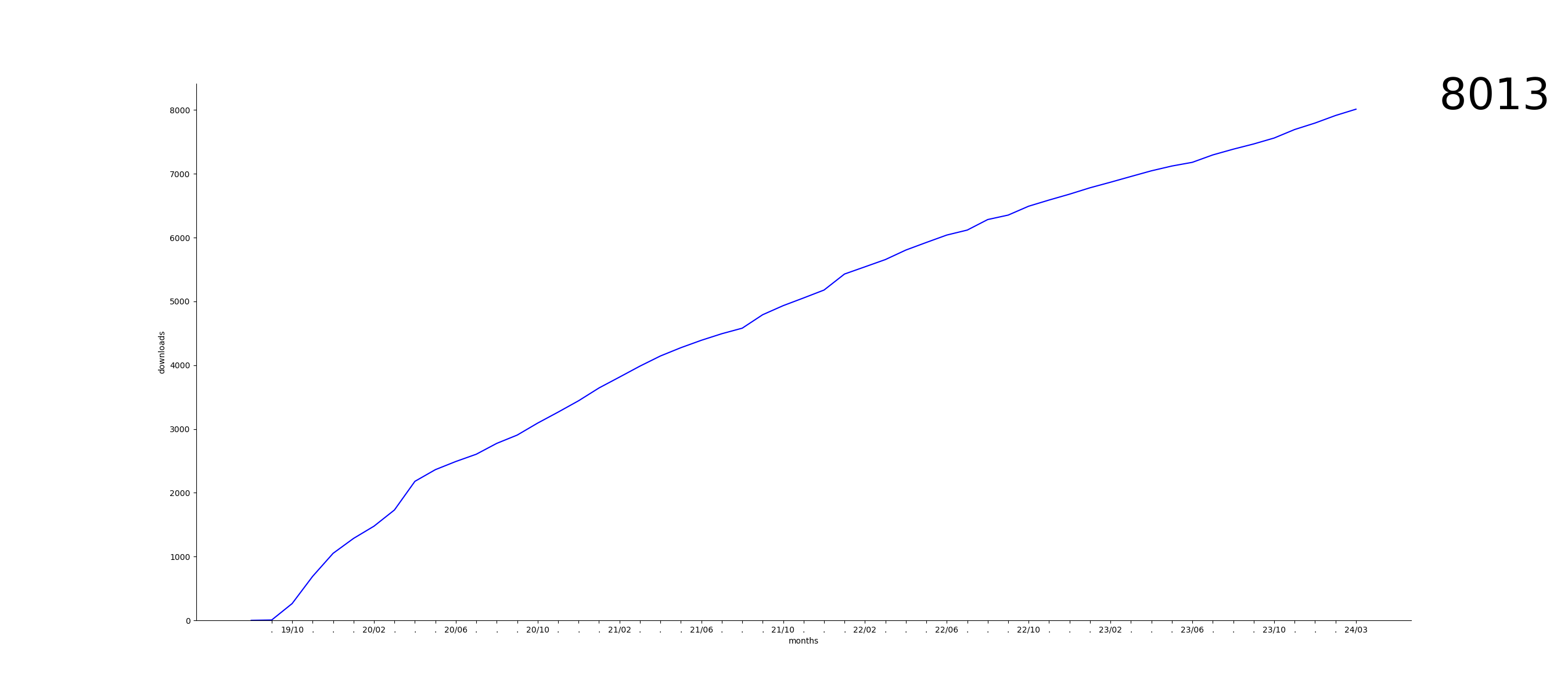We log anonymous usage statistics. Please read the privacy information for details.
The Mehweb language: Essays on phonology, morphology and syntax
Synopsis
This book is an investigation into the grammar of Mehweb (Dargwa, East Caucasian also known as Nakh-Daghestanian) based on several years of team fieldwork. Mehweb is spoken in one village community in Daghestan, Russia, with a population of some 800 people, In many ways, Mehweb is a typical East Caucasian language: it has a rich inventory of consonants; an extensive system of spatial forms in nouns and converbs and volitional forms in verbs; pervasive gender-number agreement; and ergative alignment in case marking and in gender agreement. It is also a typical language of the Dargwa branch, with symmetrical verb inflection in the imperfective and perfective paradigm and extensive use of spatial encoding for experiencers. Although Mehweb is clearly close to the northern varieties of Dargwa, it has been long isolated from the main body of Dargwa varieties by speakers of Avar and Lak. As a result of both independent internal evolution and contact with its neighbours, Mehweb developed some deviant properties, including accusatively aligned egophoric agreement, a split in the feminine class, and the typologically rare grammatical categories of verificative and apprehensive. But most importantly, Mehweb is where our friends live.
Chapters
-
Prefaces
-
The language and people of Mehweb
-
Phonology of Mehweb
-
Nominal morphology of Mehweb
-
Mehweb verb morphology
-
Moods of Mehweb
-
Periphrastic causative constructions in Mehweb
-
Case and agreement in Mehweb
-
Specialized converbs in Mehweb
-
General converbs in Mehweb
-
The self-pronoun in Mehweb
-
Relative clause and resumptive pronouns in Mehweb
-
The Mehweb “assertive” copula gwa: a sketch of a portrait
-
Maps of Mehweb




